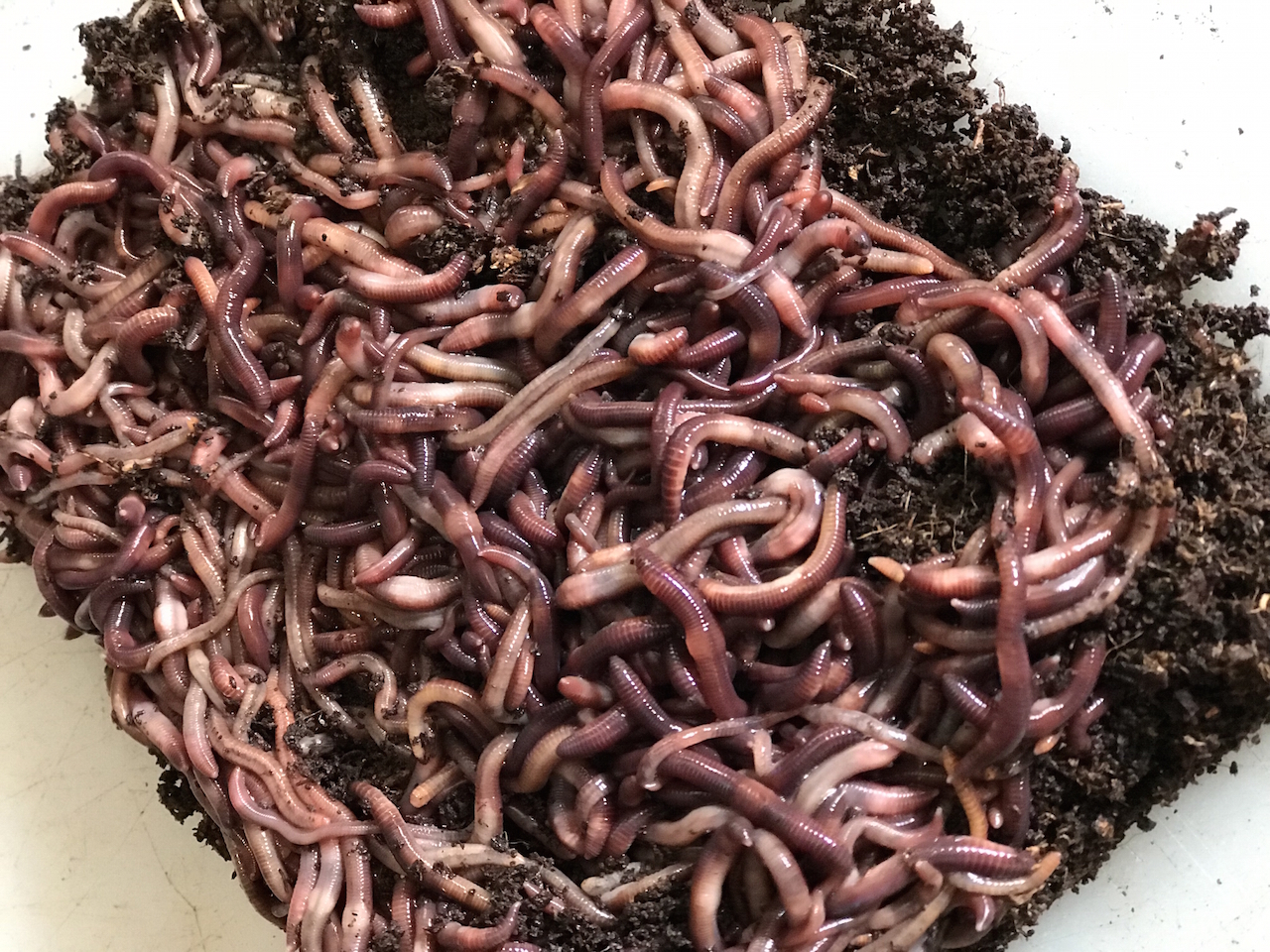Thriving red wigglers: Step-by-step guide for beginners
Wiki Article
Why Red Wigglers Are the very best Selection for Your Composting Needs
Red wigglers have arised as a premium selection for composting due to their exceptional ability to efficiently decompose organic matter while creating high-quality worm castings. The journey to effective vermicomposting involves more than merely acquiring these worms, and understanding the excellent conditions and misconceptions bordering them is essential for optimizing their capacity.Benefits of Red Wigglers

Red wigglers flourish in a selection of problems, making them versatile to various composting arrangements, from little bins to bigger systems. They master vermicomposting, where their task creates a high-quality end item referred to as worm spreadings, abundant in useful bacteria and nutrients vital for plant growth. This natural plant food advertises dirt wellness, boosts dampness retention, and boosts plant durability against parasites and diseases.
In addition, utilizing red wigglers can considerably lower methane discharges related to landfill waste, contributing to ecological sustainability. Their convenience of care and very little upkeep needs make them ideal for both newbie and skilled composters. Eventually, integrating red wigglers right into your composting technique not just promotes effective waste administration however also elevates the high quality of your compost.
Perfect Composting Problems
Creating optimal composting problems is vital for taking full advantage of the performance of red wigglers in breaking down organic issue. These worms grow in a controlled environment that mimics their all-natural environment, which mostly includes damp, dark, and well-aerated spaces. To achieve this, maintaining a temperature level series of 55 ° F to 77 ° F is essential, as extreme temperature levels can inhibit their task or also cause mortality.(red wiggler worms near me)Wetness levels have to likewise be meticulously checked; red wigglers require a wet setting, preferably around 70% dampness material. Way too much dampness can cause anaerobic conditions, while insufficient dampness can trigger dehydration. Furthermore, a balanced carbon-to-nitrogen proportion, ideally around 25:1 to 30:1, supports optimum food digestion and nutrient biking.
Moreover, the composting medium must be maintained loosened and oxygenated, enabling proper air flow. This not just benefits the worms but also help in the breakdown of organic products. By guaranteeing these optimal conditions, composters can develop a successful ecosystem that improves the efficiency of red wigglers, inevitably causing abundant, nutrient-dense garden compost.
How to Beginning Vermicomposting
Beginning vermicomposting is a simple process that can produce considerable benefits for read this both your garden and the setting. To begin, select a suitable container, such as a plastic bin or a wood box, guaranteeing it has ventilation openings for airflow. A size of around 15 to 20 gallons is suitable for small operations.Following, prepare the bed linen material, which need to be a mix of shredded paper, cardboard, and coconut coir. This bed linen offers a comfy environment for the worms while maintaining wetness. Go for a bedding deepness of around 4 to 6 inches.
Once the bed linen prepares, introduce red wigglers right into the container. A populace of around 1,000 worms is enough for refining cooking area scraps efficiently. After adding the worms, integrate a well balanced mix of environment-friendly materials, such as vegetables and fruit scraps, together with brownish products, like dried out fallen leaves.

Nutrient-Rich Castings
(red wigglers for sale)The red wigglers in your vermicomposting system play a crucial role in creating nutrient-rich spreadings, an extremely popular organic plant food. These castings, usually described as worm humus, are the result of the worms absorbing natural matter and excreting it in a kind that is unbelievably advantageous for plants.Rich in crucial nutrients such as nitrogen, phosphorus, and potassium, worm spreadings offer a balanced source of fertility that boosts soil structure and promotes healthy plant growth. Furthermore, they include advantageous bacteria that further enhance dirt wellness, assisting in nutrient absorption and illness resistance.
The slow-release nature of worm castings makes sure that nutrients are available to plants over a prolonged period, decreasing the threat of nutrient leaching and therefore adding to sustainable gardening techniques. Unlike synthetic fertilizers, which can lead to soil deterioration with time, worm spreadings enhance the soil's physical, chemical, and organic residential properties.
Therefore, integrating red wigglers into your composting efforts not just mitigates waste but likewise generates a premium natural amendment that considerably profits gardens, landscapes, and potted plants alike. - red wigglers
Common Mistaken Beliefs About Worms
While many individuals acknowledge the benefits of making use of worms in composting, several mistaken beliefs continue about their biology and behavior. One common misconception is that all worms are similarly efficient for composting, when actually, only certain species, like red wigglers, thrive in organic waste settings. These worms are particularly adjusted to composting, making them optimal for this objective.An additional mistaken belief is that worms are vulnerable and call for excessively particular conditions to survive. In truth, red wigglers are quite resilient, able to tolerate a variety of temperature levels and wetness degrees, supplied they are kept within an appropriate variety.
Furthermore, some think that worms take in all kinds of food waste indiscriminately. Red wigglers favor certain natural materials, such as fruit and vegetable scraps, and can struggle with meat, dairy, and oily foods, which can produce smells and attract bugs.
Final Thought
In conclusion, red wigglers stand for an optimum selection for composting due to their fast decomposition capabilities and adaptability to different atmospheres. Recognizing the excellent conditions for vermicomposting and dealing with usual mistaken beliefs concerning these worms further strengthens their function in efficient waste management.Report this wiki page